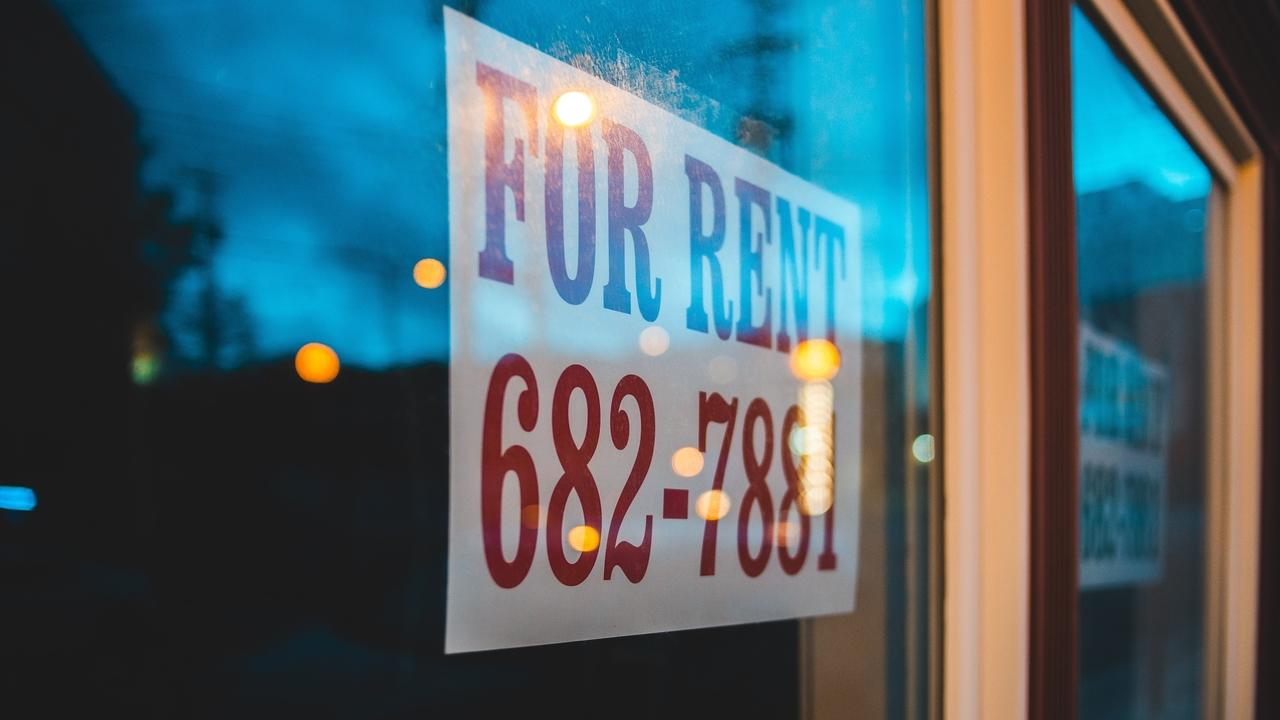Real Estate Investing Part I
Jun 19, 2020
By Glenn J. Downing, MBA, CFP®
I get a lot of questions on this topic, particularly for people thinking of real estate investing as sort of a retirement pastime. So I thought I’d go into a little bit. Here in Part I I’ll address cash flow issues, and how to determine if a particular property will work for you as an investment. In Part II I’ll build on that, and show you how I as a professional financial planner would evaluate an income property held as an investment by a client.
Cash Flow
It’s all about the cash flow – rents received less expenses incurred must be positive! But there are expenses you might not have considered.
Income
First, project out your income. That is the potential market rent times 12 months less a vacancy factor – typically 5% to 10%. Your rental units will most likely not be rented for a solid 12 months each year. When one tenant moves out, there is preparation to do (painting; repairs) to ready the until for the next tenant.
Expenses
Next, subtract out your expenses. These will be utilities if you pay them (normally the tenant would), insurance, property taxes, any HOA fees, and the principal and interest on the mortgage. Part of your expenses should be an allowance for repairs. Use $50 or $100/month per unit as a guideline. You accumulate these funds against the inevitable repairs: you need to call in a plumber, or the dishwasher needs replacing. Another expense is an allowance for capital improvements – the big stuff. Eventually the place will need a new roof, or a paint job, or some significant upgrade. Use a similar allowance for these eventual upgrades that you do for repairs.
Profit
Finally, subtract expenses from income, and what is left is your profit. Your next step here is to see if the profit is enough. Statistically speaking, 8% is a reasonable long-term return to expect over time from financial markets, so I'll use that number as your benchmark. So if you only make 5% on a given property, you might wonder why you’d bother, when you can make more money in common stocks without the hassle of tenants.
Some numbers: An Example
Let’s say you found a 2-bedroom condominium apartment for sale near FIU. You have an endless stream of students as potential tenants, so you want to run some numbers.
Income
For income, you could rent the apartment for $2000/month, or $24,000 annually.
Expenses
Next, expenses. These are: $1200 repair allowance and $1200 capital expense allowance and $2400 vacancy expense allowance. We’ll use $450 for the condominium maintenance. The tenant will pay all utilities. Your insurance will run about $1500 per year, and the taxes will be about $2500 per year. All of these total $14,200. You think you could purchase the apartment for $250,000 and will put 20% down. Financing $200,000 at 3% over 30 years, you have a monthly payment of $843.20, or $10,118.49 annually. Adding it all up, your annual expenses are $24,318.
Profit
Strictly on a cash flow basis, you'd be in the hole. The math doesn’t work: your rental income doesn't exceed expenses. If we us an opportunity cost of 8% on the $50,000 down payment, that means you'd be looking to achieve postive cash flow of $4000. That is the minimum cash flow after expenses that you should expect on any property investment. How could you make this work? Only two choices: increase the rental income or cut the expenses. Maybe this just isn't a suitable property.
You could look at these numbers and say to yourself, “Well, this is a condominium. Why do I need to budget for capital expenses?” Because there will be some, that’s why. There are any number of reasons that the condo board could slap on a special assessment: elevator repair, balcony repair, etc.
Still, when you consider the return on your equity, this may still make sense. You equity will increase as you pay the mortgage down, and as the property naturally appreciates. In our example, you would have paid $4175 of principal, and a 2% inflation increase yields a $5000 gain. Looking at your ROE (return on equity), you have a $9175 gain against your $50,000 down payment. Subtract out the $318 cash deficit, and you have a net gain of $8857, which is an 17.71% increase. Sounds good to me!
Consider the risks.
Aside from a special assessment, the main risk is that you rent to some low-life tenant who knows how to work the system and decides to stop paying the rent. You have to hire an attorney to begin eviction proceedings. There is a hearing; the tenant calls out sick. The hearing is postponed. This goes on a few times. The upshot is that the low-life could be in your unit for several months without paying rent! You finally get a judgement. Now you need to hire a sheriff to physically come and evict your tenants, and put their stuff on the sidewalk. Do you have the stomach for this? To be a landlord, you need to have ice water running through your veins.
In Part II I’ll use an example of how to evaluate the investment using return on equity.
You might be interested in some of my other real-estate themed posts:
Your First Home Purchase Part I
Your First Home Purchase Part II
Using an IRA for a First Home Purchase
Should I Pay My Mortgage off Early?
Get in touch!
Questions? Feel free to get in touch with us at [email protected] Also follow us LinkedIn, Facebook, Instagram, and YouTube for more personal financial information relevant to you!
Stay connected with news and updates!
Sign up for our monthly newsletter for more personal finance and market insights.
We hate SPAM. We will never sell your information, for any reason.

